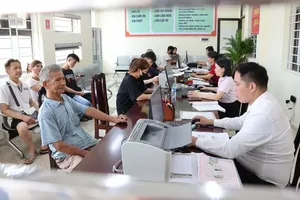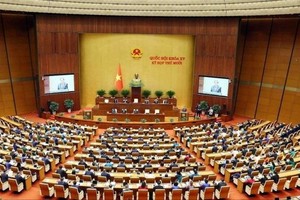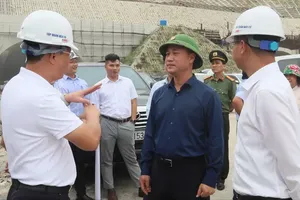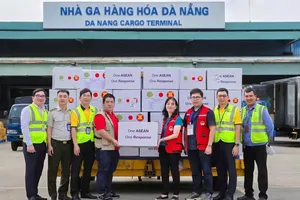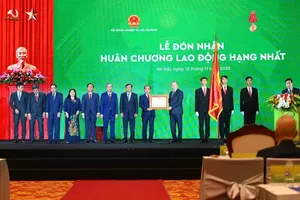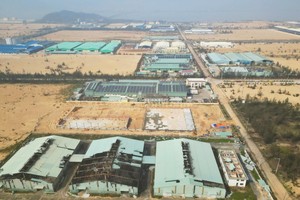The leaders of Ho Chi Minh City continuously express their hopes and emphasize that this is not merely an addition of geographical spaces, but a collaborative effort to create a new momentum and opportunities for the development of Ho Chi Minh City to reach greater heights, befitting its regional and global stature.
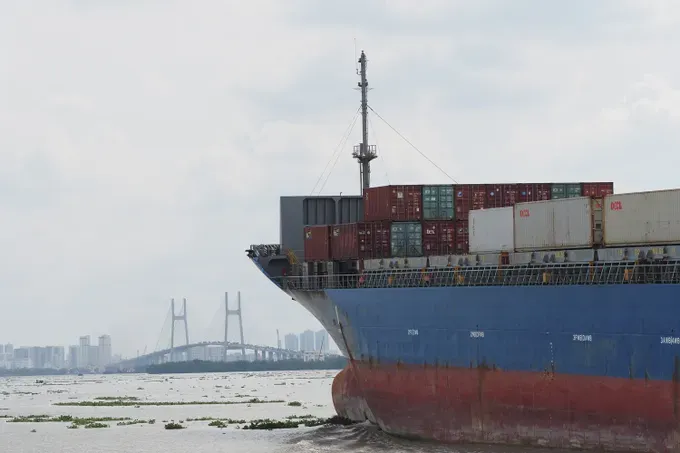
The comprehensive restructuring of the development framework for Vietnam's three key economic axes will give rise to a new, thriving supercity characterized by modernity, vibrancy, creativity, and compassion. This transformation will reinforce its role as the nation's economic powerhouse, a catalyst for growth, and a pioneering model for development across the country.
Realizing regional linkage projects
While assessing the development potential of the new Ho Chi Minh City, National Assembly deputy Tran Anh Tuan emphasized that its deep integration with Binh Duong, Southeast Asia’s leading industrial hub, and Ba Ria - Vung Tau, an international maritime gateway, will form a highly interconnected economic triangle.
As per the National Assembly deputy, the vision for Ho Chi Minh City’s megacity extends beyond expanding administrative boundaries; it aims to establish an economic entity capable of competing with global hubs like Seoul, South Korea, or Tokyo, Japan. He outlined that Ho Chi Minh City serves as a financial, commercial, and technological hub, while Binh Duong acts as a dynamic industrial engine, and Ba Ria - Vung Tau plays a pivotal role in logistics, oil and gas, and tourism. To support this vision, he proposed expedited investments in railway infrastructure to connect major ports and industrial zones including Can Gio, Cai Mep - Thi Vai, Binh Duong, and Dong Nai.
Meanwhile, Dr. Vo Kim Cuong emphasized that the expansion of development space beyond former administrative boundaries presents a unique opportunity to shift the planning paradigm—from isolated growth to integrated regional development. If the core zone between Ho Chi Minh City and Dong Nai is effectively reorganized, it could contribute 40 percent –50 percent of the national GDP. Crucially, the interdependence between the two areas must be recognized: for Ho Chi Minh City to access the eastern seaboard, it must go through Dong Nai; likewise, Dong Nai’s aspirations for a marine economy hinge on its connection with Ho Chi Minh City.
Urban planning expert Architect Ngo Viet Nam Son offered further insight into the super-urban potential of the new Ho Chi Minh City. He noted that the city's infrastructure will be significantly enhanced by key developments, including the country’s largest railway station in Song Than in Binh Duong Province and the largest seaport in Cai Mep in Ba Ria – Vung Tau Province. With existing strengths in finance, education, and technology, Ho Chi Minh City is poised to emerge as a powerful sub-regional economic hub.
Moreover, the merger will transform the city's urban planning structure. Bridges, highways, and metro lines will be developed along the corridor stretching from Ba Ria – Vung Tau Province to Can Gio outlying district, enabling seamless regional connectivity. This shift will eliminate the need for protracted inter-provincial negotiations—regional integration will require only a unified decision. This moment represents a critical opportunity to actualize connectivity projects and establish a robust growth pole in the South, in line with the Central Government’s vision.
Changes in mindsets
Following the merger, Ho Chi Minh City has evolved from a southern center into the core of a smart super-region that integrates finance, technology, seaports, airports, and inter-regional infrastructure.
According to Dr. Huynh Thanh Dien from Nguyen Tat Thanh University, in the new context, planning must shift from a "district-county" mentality to an "integrated functional area" approach, with regional connectivity and digital technology as the foundation. Furthermore, to realize the vision of a super-region, Ho Chi Minh City needs to implement integrated planning based on clearly defined functional areas, scales, and resource-sharing capabilities, developing around industrial clusters rather than fragmented geographical boundaries.
The governance model must also innovate towards a flexible two-tier local government, where Ho Chi Minh City plays a coordinating role for the region, while satellite cities are granted appropriate autonomy. Therefore, he suggests establishing a Smart Urban Coordination Board, integrating big data, and creating special mechanisms for investment, finance, planning, and management. Regarding resources, it is advisable to diversify financing through Public-Private Partnerships, municipal bonds, international cooperation, and to enhance digital transformation in infrastructure, public services, transportation, energy, and the environment.
The merger not only expands geographical boundaries but also serves as a catalyst for spatial restructuring, forming an integrated, multi-polar, smart, and sustainable urban area, positioning Ho Chi Minh City as a strategic growth hub for both the region and the nation. Evaluating the vision of the new Ho Chi Minh City as becoming an 'international super city', Nguyen Tuan Anh from Saigon Industry Corporation believes this is not just about a larger scale, but also necessitates significant innovation.
This is an opportunity to comprehensively restructure the administrative, economic, and cultural framework of a central region in the southern part of the country, deserving to be the leading force not only for the Southeast region but for the entire nation in this new era. The new Ho Chi Minh City cannot merely be an expanded replica of the old city. It must evolve into a smart, green, innovative, prosperous city with global competitiveness. A city where citizens can live happily, are given opportunities for development, and are protected by a transparent and effective government. Only then will the aspiration to become an 'international mega-city' truly materialize, allowing Ho Chi Minh City to rise beyond its current limited space and stand alongside the leading centers in the region and the world.
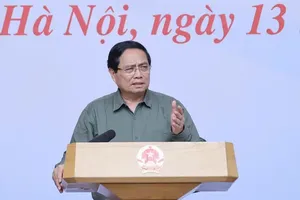
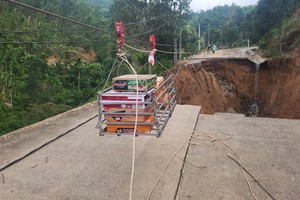
)
